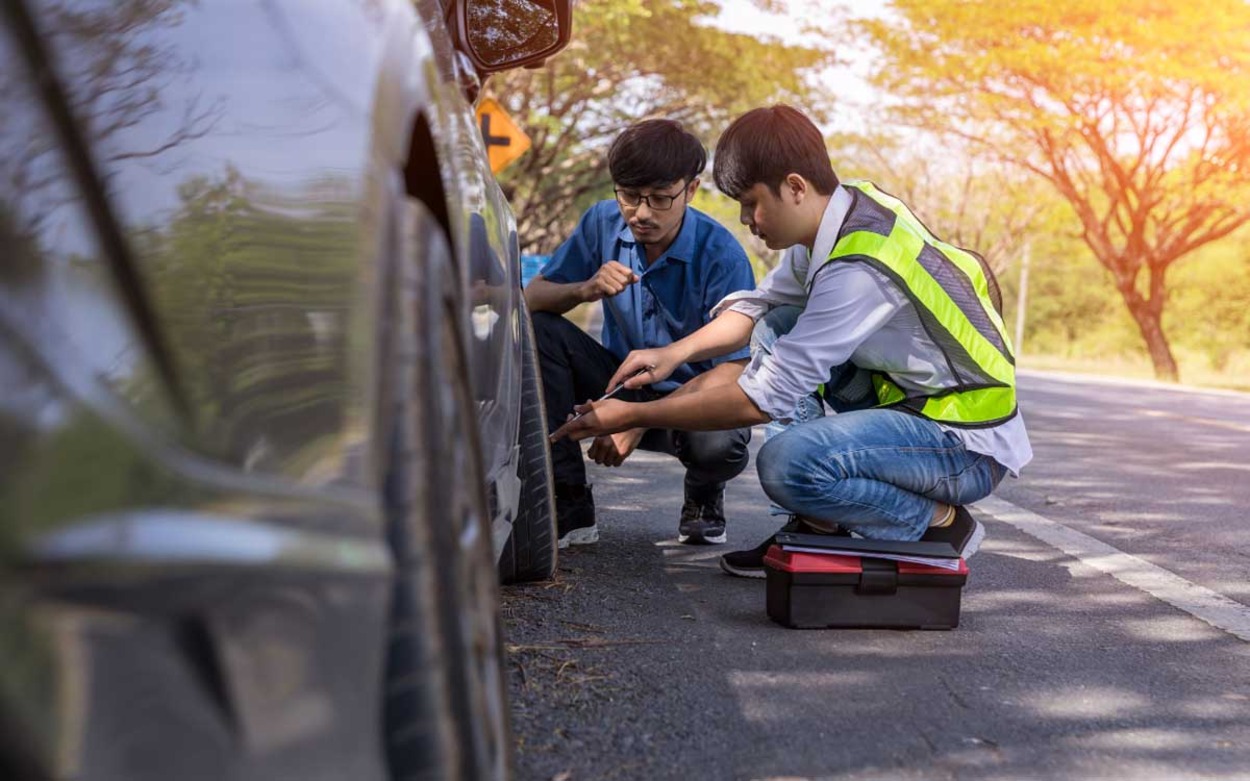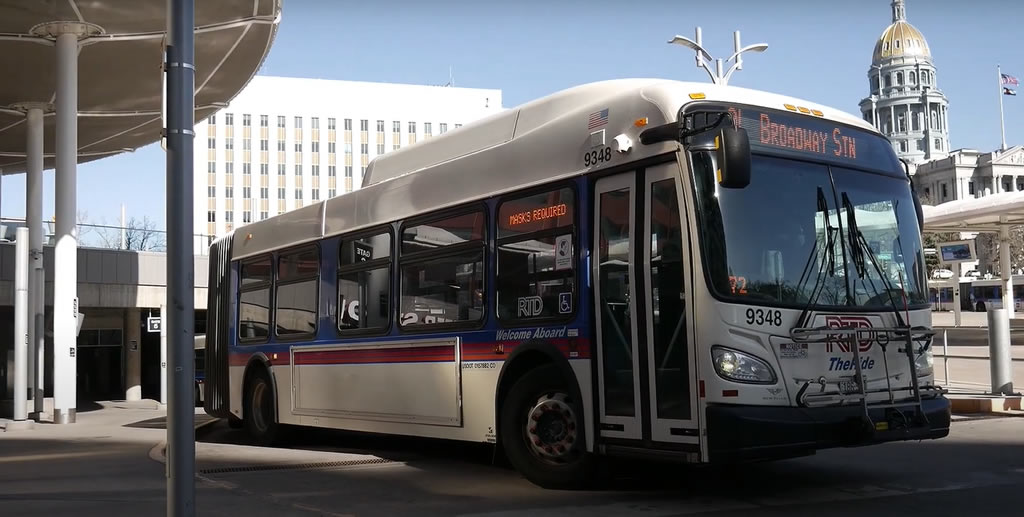Roadside assistance is a valuable service that can provide peace of mind during unexpected vehicle issues. Whether it’s a flat tire, a dead battery, or running out of fuel, having access to help when you’re stranded on the side of the road can make all the difference. This service is designed to quickly resolve common problems, ensuring you’re back on your way as safely and efficiently as possible.
Knowing the details of roadside assistance plans, such as what services are included, coverage areas, and response times, is vital to ensure you’re prepared for emergencies. Understanding how to contact the service provider and what information they’ll need to assist you promptly is also essential. Being informed about roadside assistance can help you choose the right plan, and when the unexpected happens, you’ll be ready to handle the situation confidently.
Understanding Roadside Assistance
Roadside assistance is a crucial service that every driver should consider integrating into their travel toolkit. It offers much-needed aid during unexpected vehicular troubles, ranging from minor inconveniences like flat tires to significant emergencies requiring a tow. Such services ensure you’re never alone on the road, no matter the time or place. Engaging with roadside assistance auto services can alleviate stress, providing a practical solution to immediate problems and the invaluable assurance that you’re cared for during your journey.
Common Services Offered
The array of services provided by roadside assistance programs is comprehensive and aimed at addressing a wide range of potential issues drivers may face. They include towing, which is essential for severe breakdowns requiring professional mechanical intervention. Battery jump-starts are another standard service, effectively reviving a vehicle stalled by a depleted battery. Tire changes are indispensable for situations where a flat tire occurs, while emergency fuel delivery ensures that drivers who miscalculated their fuel needs are not left stranded.
Additional services like lockout assistance and winching (to extricate vehicles stuck in tricky terrain) further broaden the support net these programs cast.
How to Choose the Right Provider
Selecting the appropriate roadside assistance provider can significantly impact the effectiveness and convenience of the support received. Important considerations include the extent of the provider’s coverage area, which is vital for those whose travel habits span large distances. The membership cost, as is the breadth of services covered under the plan, is another deciding factor. The quality of customer support and average response times also contribute critically to customer satisfaction.
For instance, a provider with nationwide capabilities might serve adventurous, cross-country travelers better than a local operation limited to specific areas. It’s advisable to consult reviews, seek personal recommendations, and consider prior user experiences to make a well-informed choice that aligns with your needs.
Benefits of Having Roadside Assistance
The benefits of subscribing to roadside assistance services extend beyond immediate relief during vehicular mishaps. Upon enrolling, drivers often experience peace of mind knowing support is just a call away, no matter where they find themselves. Financially, these programs can offer substantial savings, significantly when a single incident requiring a tow or out-of-pocket emergency repair could cost more than an annual subscription.
Awareness of roadside assistance’s financial and safety benefits is raising subscription levels across various demographics. The assurance of having a backup plan transforms your driving experience from stress-inducing to secure and poised for adventure.
What to Do in Breakdowns
Encountering a breakdown can be unnerving, but knowing how to handle such situations can mitigate stress and ensure safety. First, safely steer your vehicle to a secure location, preferably away from active traffic lanes. Turn on your hazard lights to signal other drivers that your vehicle is stationary. Exiting the car should be done cautiously—if it’s safer inside, stay there with your seatbelt fastened.
Prompt communication with your roadside assistance provider is crucial. Be prepared to clearly articulate your location and the nature of your issue, which can expedite the dispatched service’s response time. For additional safety recommendations, the National Highway Traffic Safety Administration shares valuable guidelines to ensure maximum protection and minimal risk during road emergencies.
Cost and Coverage Considerations
The cost of roadside assistance services varies widely and is influenced by the scope of the services, geographic coverage, and additional features included in the package. Some vehicle insurance plans offer roadside assistance as a bundled option, potentially reducing total costs. When comparing plans, it’s essential to understand what each one covers and any limitations, such as the maximum number of service requests per year.
Equally important is ensuring the coverage aligns with your typical travel habits. If you frequently venture into remote areas, confirm that your chosen provider’s reach adequately covers these locations. A comprehensive understanding of these details can save you from unforeseen costs and logistical headaches.
Myths and Misconceptions
Despite its advantages, roadside assistance is subject to several misconceptions. A common myth is that only older vehicles require such services. The reality is that any car, regardless of age or model, can develop a fault that results in a breakdown. Another frequent misconception is the perceived high cost of these services.
However, when weighing the potential expenses of a single emergency tow—an event that could leave one hundred dollars poorer—against the typically modest annual fee for roadside assistance, the services often prove to be a prudent investment. Testimonials from users frequently highlight the peace of mind and unexpected benefits, which debunk many of these myths.
Future of Roadside Assistance
The landscape of roadside assistance is not immune to technological advancement. Innovations like app-based service requests and digital tracking systems are entering the industry, allowing faster and more efficient service deliveries. Another evolving trend is the increase in eco-friendly services, including support for electric and hybrid vehicles, reflecting a growing awareness and adaptability towards environmental concerns within the industry.
Staying informed about these advancements through automotive innovation news will equip you with the knowledge to make forward-thinking decisions regarding roadside assistance providers. As these technologies become mainstream, they offer exciting prospects for enhancing service delivery and client satisfaction.







